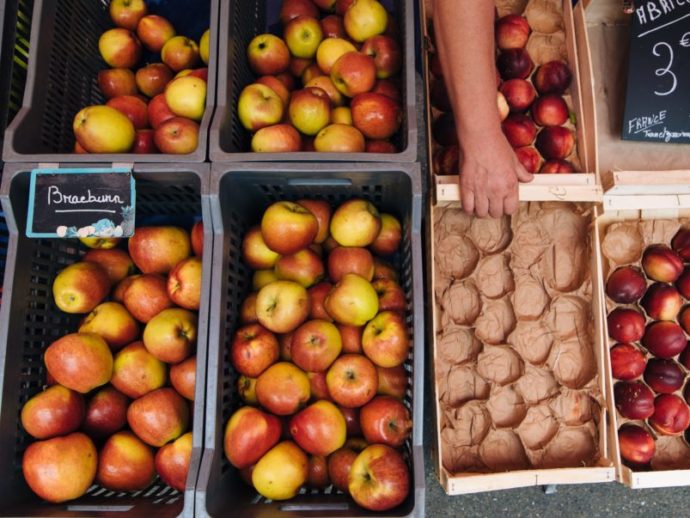
Feel like you’re spending more on groceries than ever? Don’t despair: the following tips can help bring your food bill down while still allowing you to eat healthy.
1. Plan strategically
Try to build your meal plan around what’s on sale and what’s in season. Seasonal fruits and vegetables are not only cheaper, but they also taste better. Once you have your list, stick to it.
2. Get informed
Knowing the prices of the foods you normally buy will help you spot sales more easily. Compare the prices of national brands, store brands and generic items. These items often differ little in quality, but may have a big difference in price.
3. Chop and dice yourself
Although it may be tempting to grab a ready-to-go meal, remember that convenience can cost much more.
4. Get to know your butcher
As meat prices continue to rise, befriend your butcher or local farmer. These experts can tell you all about what’s the most economical, and how to prepare it properly.
5. Embrace meatless meals
Another way to mitigate sky-high meat prices is to swap meat for less expensive protein sources. Tofu, lentils and mushrooms are all highly nutritious sources of lean protein that can be used to create a meat-like texture in dishes like chili, stir-fries and casseroles.
6. Be loyal
Make use of stores’ price matching and loyalty programs. Price matching ensures great value, while remaining loyal may earn you points or other bonuses.
7. Shop more often
Although shopping more often may seem counterintuitive to spending less, when it comes to buying fresh produce, frequent shopping trips may mean frequent savings.
To ensure fresh produce and meat sells, food stores often slash the prices of perishable items for quick sale. Take advantage of this and buy the produce and meat you plan to use right away off the reduced-priced sales racks. In addition, if you only buy what you need for the meal you’re preparing, nothing gets forgotten in the fridge.
8. Go to the source
Farmers’ markets, community supported agriculture (CSA) farms and community food box programs are all great ways to get farm-fresh, organic produce and ethically raised meat and eggs at a reasonable price.
9. Don’t let it go to waste
The average household throws away more than $1,400 worth of food annually. Stop the waste by shopping in your refrigerator before making a trip to the store. Use up fresh produce and leftovers before buying anything new.






